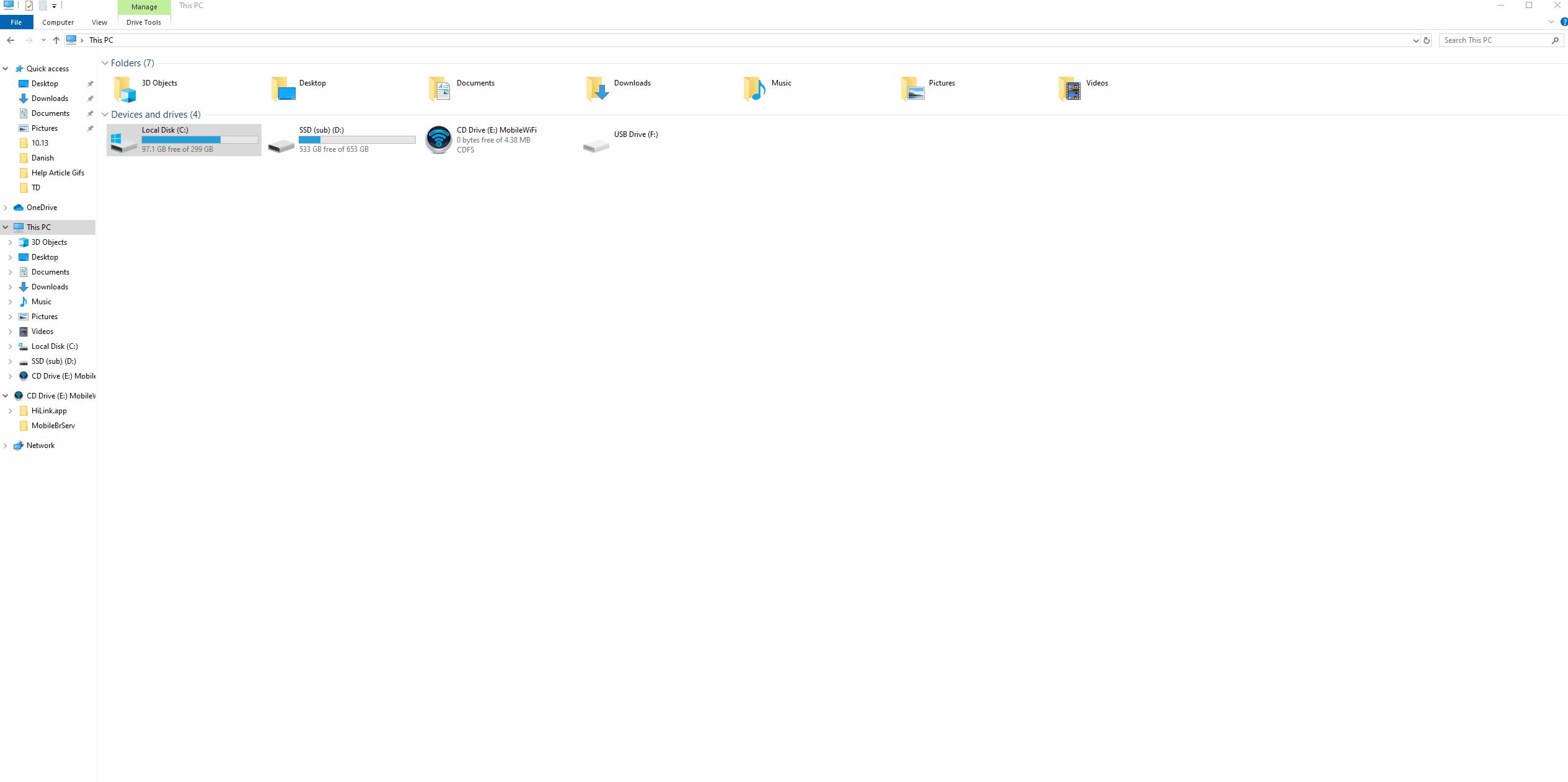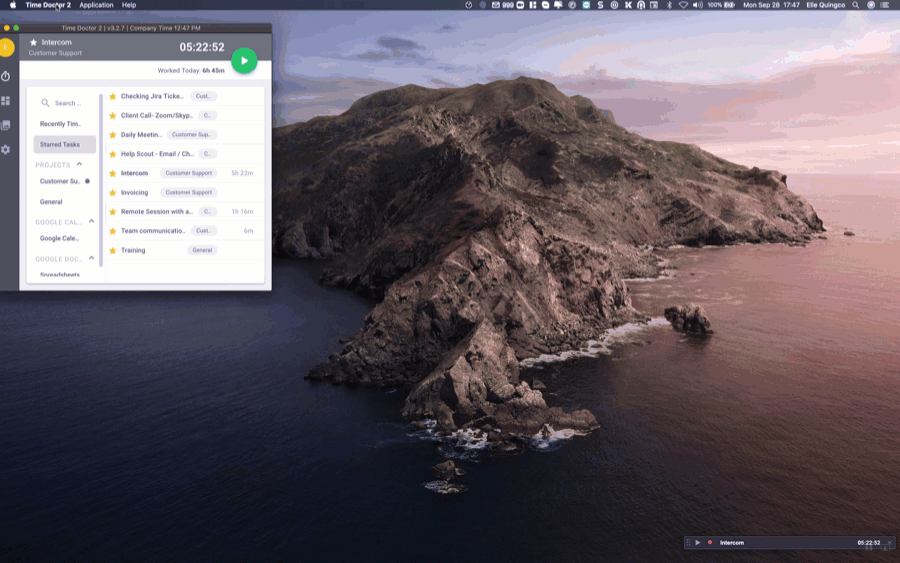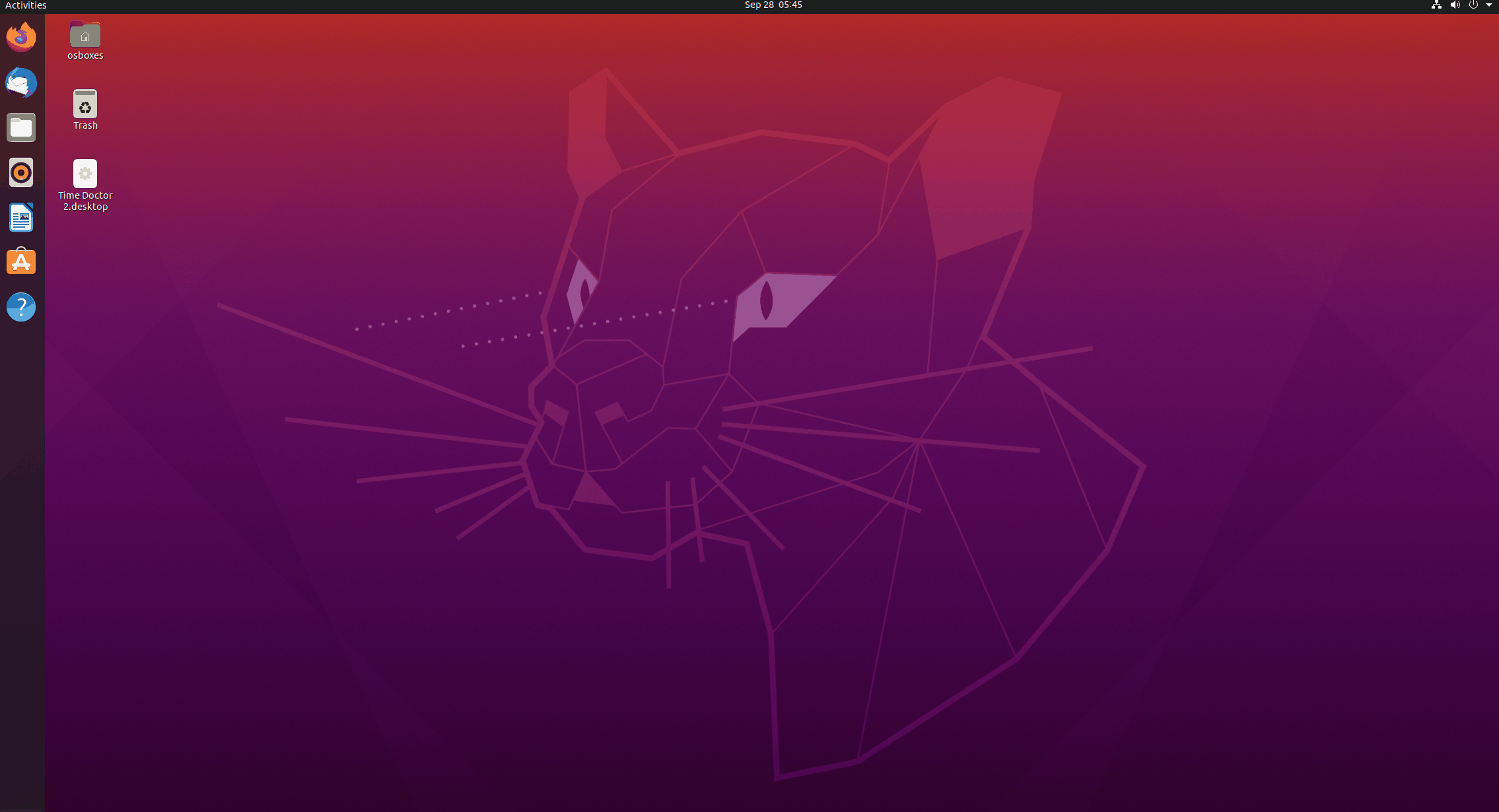Cache files are required to store Time Doctor data on your local computer before it is sent to our servers.
Cache files can greatly help Time Doctor Support to investigate any issues that may have happened within your application. If our Support Team asks you to locate and send us your cache files, follow the steps below.
From the interactive desktop app:
- On the desktop app, choose Help > Report an issue, then click Yes from the pop-up.
- The application will take a minute in restarting, then wait for the cache file to finish uploading.
- That's it! The cache file will be sent to our Support Team. You still need to Submit a Ticket to include more information about your issue with the app if you need a follow-up. Our Support Team will find the cache file submitted via the app.
From the computer directory:
Note: The Time Doctor application MUST be completely closed before zipping or deleting the cache file folder.
Instructions
Select which OS you have:
Windows
Open Мy Computer and navigate to the following path:
C:\Users\[Username]\AppData\Local\TD (For Interactive App)
C:\Users\[Username]\AppData\Local\SF(For Silent App)
Note: Replace [Username] with whatever username you use to log into your Windows session.
If you can’t see the AppData folder, it may be because it’s hidden by default. To see it, you’ll need to display your hidden folders.
To show hidden files and folders:
-
In Windows 7: Click on the Organize menu in any Windows file folder and select Folder and search options.
-
In Windows 8/8.1/10: Click on the View menu and then Options. In the Folder options menu, click on the View tab and check the box for Show hidden files, folders, and drives.

Note: You’ll need to need to zip the folder to reduce its size. If the file size is above 25–30 MB, you might need to upload it using a service like Google Drive or Dropbox. For this, right-click on the TD folder and choose Send to -> Compressed (zipped) folder as shown above.
If we ask you to delete your cache files, follow the same steps as above. Once you find the cache, you’ll simply need to delete the Time Doctor cache file folder.
Mac OS
Open Finder and click Go at the top of the screen. Select Go to Folder and paste the following path in the pop-up window:
~/Library/Application Support/TD (For Interactive App)
~/Library/Application Support/SF (For Silent App)
Note: You’ll need to zip the folder to reduce its size. If the file size is above 25–30 MB, you might need to upload it using a service like Google Drive or Dropbox. For this, right-click on the TD folder and choose Compress Time Doctor 2 as shown above.
If we ask you to delete your cache files, follow the same steps as above. Once you find the cache, you’ll simply need to delete the Time Doctor cache file folder.
Linux
Open Home or Terminal and navigate to the following path:
~/.local/share/TD (For Interactive App)
~/.local/share/SF (For Silent App)

Note: “~” is a substitute for the user’s home directory in the Bash shell and won’t work in other applications (it only works correctly in the terminals). Using the $HOME environment variable is an alternative way to specify the path to the user’s home directory.
If you can’t see the .local folder, press CTRL+H on your keyboard to show the hidden folders.
Note: You’ll need to zip the folder to reduce its size. If the file size is above 25–30 MB, you might need to upload it using a service like Google Drive or Dropbox. For this, right-click on the TD folder and choose Compress... as shown above.
If we ask you to delete your cache files, follow the same steps as above. Once you find the cache, you’ll simply need to delete the Time Doctor cache file folder.